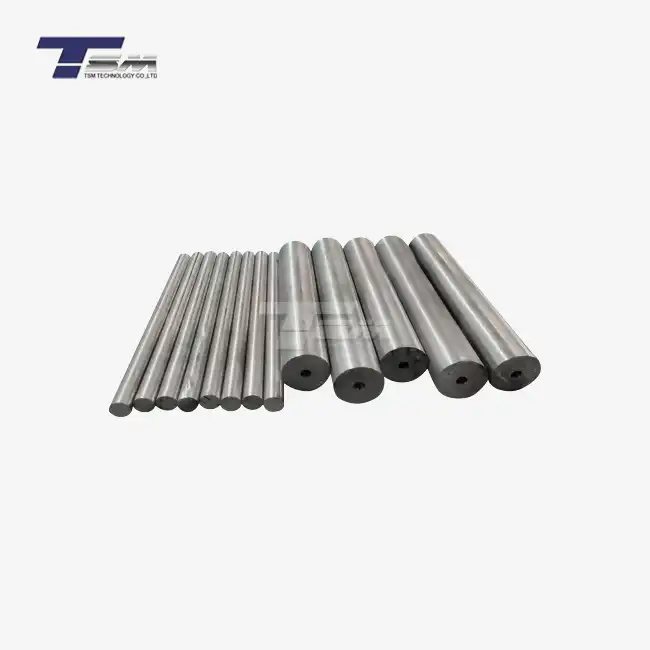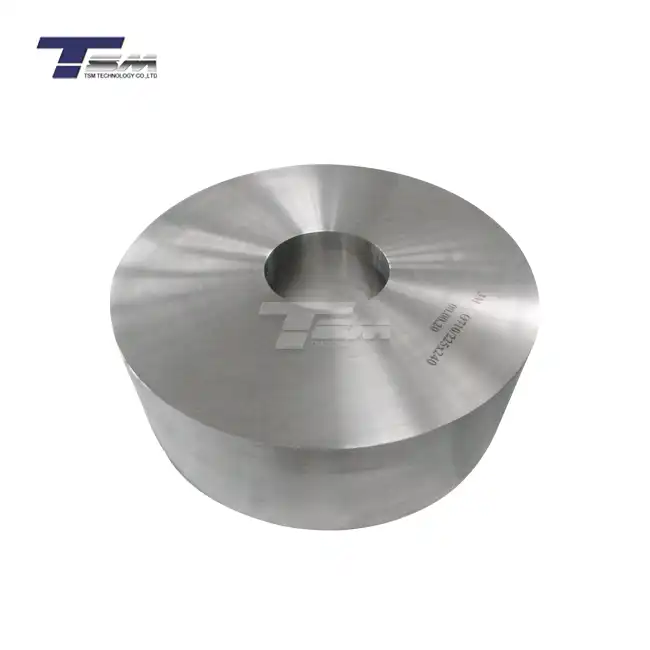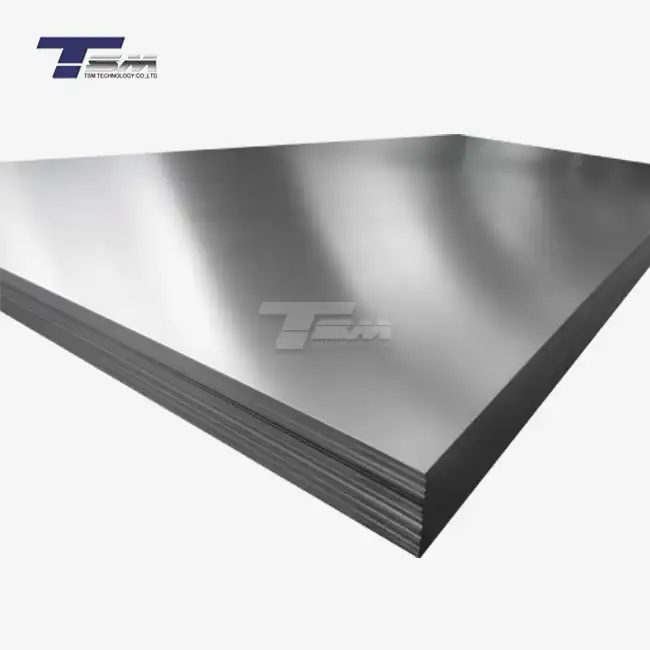Ultrasonic Testing: Precision Inspection for Hastelloy C276 Seamless Pipes
Principles of Ultrasonic Testing
Ultrasonic testing (UT) is a widely used NDT method for examining Hastelloy C276 seamless pipes. This technique employs high-frequency sound waves to detect internal flaws, thickness variations, and other anomalies. The process involves sending ultrasonic pulses through the material and analyzing the reflected signals. For Hastelloy C276 tubing, UT is particularly effective due to the alloy's uniform structure, allowing for accurate flaw detection and thickness measurements.

Advanced UT Techniques for Hastelloy C276
Recent advancements in UT technology have further enhanced its capabilities for inspecting Hastelloy C276 products. Phased array ultrasonic testing (PAUT) offers improved resolution and coverage, making it ideal for complex geometries often found in specialized Hastelloy C276 components. Time-of-flight diffraction (TOFD) is another sophisticated UT method that provides precise sizing and positioning of defects in Hastelloy C276 seamless pipes, crucial for critical applications where exact flaw characterization is essential.
Benefits and Limitations of UT for Hastelloy C276
Ultrasonic testing offers several advantages for inspecting Hastelloy C276 tubes. It provides excellent penetration depth, allowing for the examination of thick-walled pipes without compromise. The method is also highly sensitive to small defects, crucial for maintaining the integrity of Hastelloy C276 in corrosive environments. However, UT may face challenges with complex geometries or when inspecting very thin Hastelloy C276 tubing. In such cases, complementary NDT methods may be necessary to ensure comprehensive quality assurance.
Radiographic Inspection: Comprehensive Imaging of Hastelloy C276 Tubes
X-ray and Gamma-ray Radiography
Radiographic inspection is a powerful NDT method for examining Hastelloy C276 tubes and pipes. This technique uses penetrating radiation, typically X-rays or gamma rays, to create images of the internal structure of the material. For Hastelloy C276 products, radiography can reveal a wide range of defects, including porosity, inclusions, and cracks that surface inspection methods might miss. The high atomic number of nickel in Hastelloy C276 provides excellent contrast in radiographic images, allowing for detailed analysis of the alloy's internal structure.
Digital Radiography and Computed Tomography
Advancements in digital radiography (DR) and computed tomography (CT) have revolutionized the inspection of Hastelloy C276 tubing. DR offers real-time imaging capabilities, allowing for faster inspection and immediate analysis of Hastelloy C276 seamless pipes. CT scanning takes this a step further by providing three-dimensional reconstructions of the inspected components. This is particularly valuable for complex Hastelloy C276 parts, offering unparalleled insight into internal geometries and potential defects.
Interpretation and Analysis of Radiographic Results
Interpreting radiographic images of Hastelloy C276 tubes requires specialized knowledge and experience. Trained technicians analyze these images to identify and characterize defects, considering factors such as material thickness, radiation type, and exposure parameters. Advanced software tools assist in enhancing image quality and automating defect detection, improving the reliability and efficiency of radiographic inspection for Hastelloy C276 products. This comprehensive analysis ensures that only the highest quality Hastelloy C276 tubing meets stringent industry standards.
Emerging NDT Technologies for Hastelloy C276 Tubing
Eddy Current Array Technology
Eddy current testing (ECT) has long been used for surface and near-surface inspection of conductive materials like Hastelloy C276. Recent developments in eddy current array (ECA) technology have significantly enhanced its capabilities for inspecting Hastelloy C276 tubing. ECA uses multiple coils to create a wider inspection area, allowing for faster and more comprehensive examination of Hastelloy C276 seamless pipes. This technique is particularly effective for detecting surface-breaking defects, such as stress corrosion cracking, which can be critical in Hastelloy C276 applications exposed to harsh chemical environments.
Laser-Based NDT Methods
Laser-based NDT methods are gaining traction in the inspection of high-performance alloys like Hastelloy C276. Laser shearography, for instance, uses laser interferometry to detect surface and subsurface defects in Hastelloy C276 tubes. This non-contact method is particularly useful for identifying delaminations, disbonds, and other structural anomalies that might compromise the integrity of Hastelloy C276 components. Additionally, laser-induced breakdown spectroscopy (LIBS) offers rapid elemental analysis, ensuring the compositional integrity of Hastelloy C276 tubing throughout the manufacturing process.
Acoustic Emission Testing for In-Service Monitoring
Acoustic emission (AE) testing is an emerging NDT technique with significant potential for monitoring Hastelloy C276 tubes and pipes in service. This method detects and analyzes stress waves generated by growing defects or structural changes within the material. For Hastelloy C276 components operating in extreme conditions, AE testing can provide early warning of developing issues, such as crack propagation or corrosion damage. This real-time monitoring capability is particularly valuable in critical applications where the unexpected failure of Hastelloy C276 tubing could have severe consequences.
Conclusion
Non-destructive testing methods play a vital role in ensuring the quality and reliability of Hastelloy C276 tubes, seamless pipes, and tubing. From traditional techniques like ultrasonic testing and radiography to emerging technologies such as eddy current arrays and laser-based methods, these NDT approaches provide comprehensive inspection capabilities for this high-performance alloy. As Hastelloy C276 continues to be utilized in increasingly demanding applications, the importance of advanced NDT methods in maintaining its integrity cannot be overstated. By leveraging these diverse inspection techniques, manufacturers and end-users can confidently rely on the exceptional properties of Hastelloy C276, knowing that rigorous quality assurance measures have been implemented throughout its production and service life.
Contact Us
For more information about our Hastelloy C276 products and our commitment to quality assurance, please contact us at info@tsmnialloy.com. TSM TECHNOLOGY is dedicated to providing superior alloy solutions that meet the highest industry standards.



